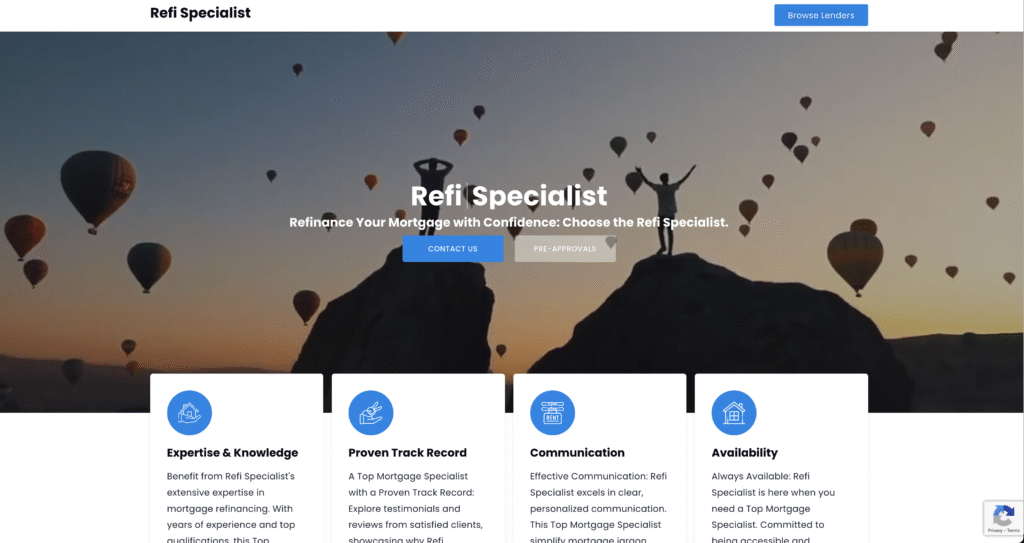Debt Negotiation Savings Calculator: Estimate potential savings by negotiating pay-for-delete or settlements.
One of the most effective ways to reduce debt and improve your Middle Credit Score® is through negotiation. Whether it’s a pay-for-delete agreement or a settlement, understanding how much you can save—and how it impacts your credit—is crucial. The Debt Negotiation Savings Calculator helps you estimate potential savings, prioritize high-impact debts, and craft a strategic path to financial recovery. By using strategic negotiation tactics, you can potentially save thousands of dollars while improving your credit standing. Successful negotiation not only reduces the amount you owe but also can lead to the complete removal of negative marks, boosting your credit score significantly.
Step 1: Understanding Debt Negotiation Options
Debt negotiation generally falls into two categories:
- Pay-for-Delete Agreements: You negotiate with the creditor or collection agency to remove the negative mark from your credit report in exchange for payment. This is often used for collection accounts and medical debt.
- Debt Settlements: You agree to pay a reduced amount as a full settlement of the debt. This is common for credit card debts, personal loans, and older collections.
| Debt Type | Typical Settlement Range | Pay-for-Delete Likelihood | Average Impact on Credit |
|---|---|---|---|
| Medical Debt | 30%–50% of original debt | Very High | Moderate to High |
| Credit Card Debt | 40%–60% of original debt | High | High |
| Collections | 25%–50% of original debt | Very High | High |
| Auto Loans | 30%–60% of original debt | Moderate | High |
| Personal Loans | 40%–70% of original debt | Moderate | Moderate to High |
| Student Loans (Private) | 50%–80% of original debt | Low | High |
| Mortgages | Rarely negotiable | Very Low | High |
Pro Tip:
- Prioritize debts with the highest likelihood of successful negotiation.
Advanced Techniques:
- Bundle Settlements: Negotiate multiple debts at once for a deeper discount.
- Request Validation Before Negotiating: Always verify the debt’s legitimacy before making an offer.
- Use Leverage: Creditors are more willing to negotiate if you demonstrate financial hardship.
- Time-Based Strategy: Aim to negotiate at the end of the month or fiscal quarter when agents are more flexible.
- Demand a Letter of Intent: Request a signed letter from the creditor outlining the terms before you send any money.
Step 2: Estimating Potential Savings
To calculate estimated savings, consider:
- Current Debt Amount: List the total amount owed.
- Negotiated Settlement Percentage: Apply the typical settlement range (e.g., 50%).
- Potential Pay-for-Delete Fees: Some creditors may charge a nominal fee for removal.
| Debt Type | Amount Owed | Negotiated Settlement (50%) | Estimated Savings |
| Credit Card Debt | $5,000 | $2,500 | $2,500 |
| Medical Debt | $1,000 | $500 | $500 |
| Collection Account | $2,000 | $1,000 | $1,000 |
Pro Tip:
- For the largest impact, start with smaller debts first; quick wins build momentum.
Advanced Techniques:
- Negotiation Timing: End-of-month and end-of-quarter are ideal for negotiating.
- Goodwill Adjustments: Ask for late payments to be removed after the debt is settled.
- Lump-Sum Offers: Creditors are more likely to accept settlements if you can pay in a single payment.
- Escalation Techniques: If denied, request escalation to a supervisor for approval.
- Pre-Negotiation Credit Report Check: Ensure your credit report reflects the current status of each debt before negotiating.
Step 3: Crafting a Negotiation Strategy
- Prioritize High-Impact Debts: Focus on debts with the largest balances and highest interest rates first.
- Request a Pay-for-Delete Agreement: Always ask for the removal of the negative item after payment.
- Negotiate in Writing: Ensure all agreements are documented to prevent issues later.
- Verify Changes on Credit Reports: Confirm that changes are reflected within 30–60 days after payment.
- Request Written Confirmation: Demand that creditors send written agreements before making any payments.
Pro Tip:
- Never send a full payment until you have a written agreement from the creditor.
Advanced Techniques:
- Offer Lump Sum Payments: Creditors often settle for less if paid upfront.
- Document All Communication: Keep a log of phone calls, emails, and letters.
- Request Method of Verification: Ensure the creditor is the rightful owner of the debt before paying.
- Leverage State Laws: Understand your state’s collection laws and SOL limits.
- Hardship Letters: If facing severe financial difficulties, send a hardship letter requesting better terms.
- Third-Party Mediation: If negotiations stall, consider hiring a mediator to represent your case.
Step 4: Monitoring the Impact
- Check Credit Reports Monthly: Verify that paid accounts are updated correctly.
- Watch for Re-Aging of Debts: Ensure the debt is not listed with a new delinquency date.
- Follow Up in Writing: If the changes are not reflected, dispute the entry with the credit bureaus.
Pro Tip:
- Always confirm deletions in writing before finalizing any payment.
Advanced Techniques:
- Request Verification of Removal: Demand proof that the debt has been deleted.
- File CFPB Complaints if Misrepresented: Report discrepancies to the Consumer Financial Protection Bureau.
- Utilize a Credit Freeze if Harassed: Prevent creditors from adding new collection attempts during negotiation.
- Track Credit Score Changes: Use monitoring tools to measure the score impact after settlements.
- Request for Removal of Collection Comments: After settlement, request that any “settled for less than amount owed” remarks are removed.
Negotiating your debts can save thousands and dramatically improve your Middle Credit Score®. With the Debt Negotiation Savings Calculator, you can estimate potential savings, prioritize your efforts, and craft strategic offers that benefit your financial future. This proactive approach empowers you to take control of your credit and achieve long-term stability. Mastering the art of negotiation can transform your financial landscape and provide lasting credit health.
Middle Credit Score® Support Center
Browse Lenders® – Speak with a Lending Expert






